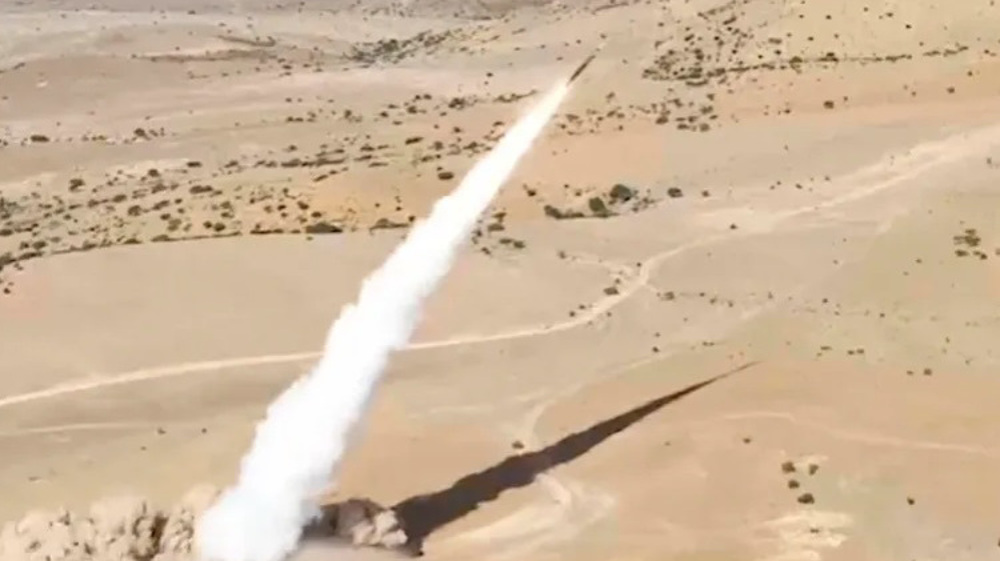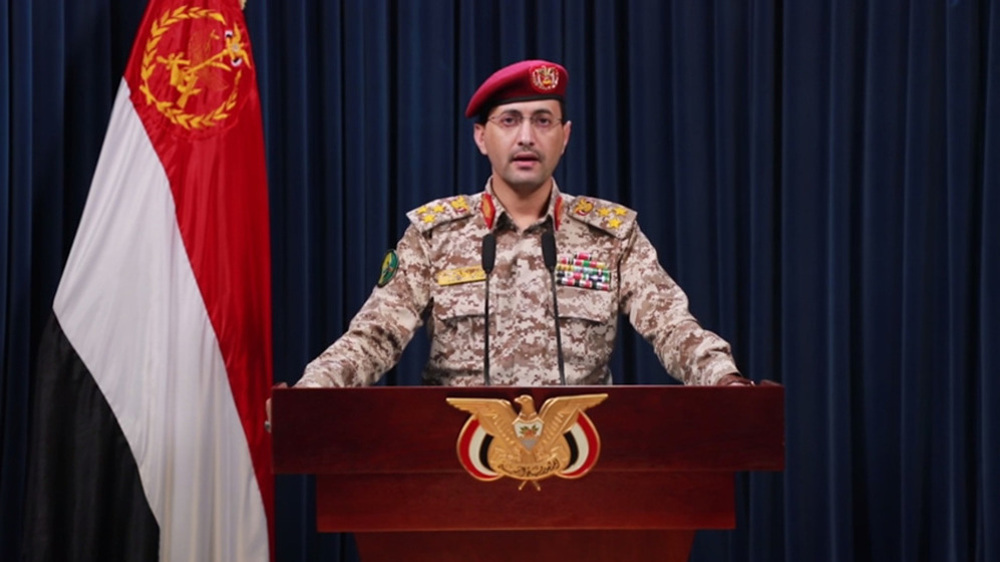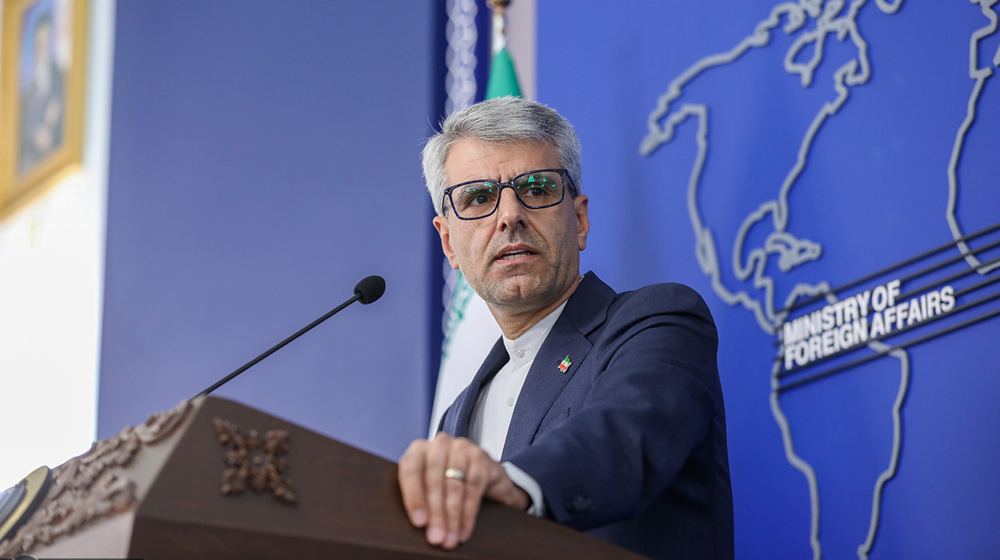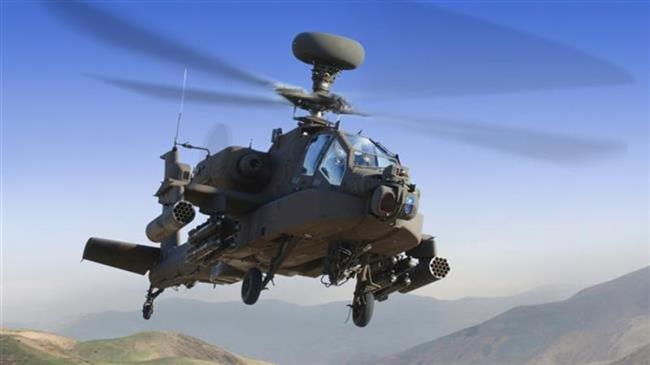Yemen releases first video of drone operations against Saudi-led forces on western coasts
The Yemeni army has for the first time released a video of the army’s reconnaissance operations on the flashpoint western coasts conducted by a number of unmanned aerial vehicles.
The two-minute video, containing scenes of drone operations, was released by the media bureau of Yemen’s Operations Command and carried by Yemen’s Arabic-language al-Masirah television network on Monday.
The scenes showed a surveillance aircraft as it detected positions and gatherings of the Saudi-led military coalition forces in Yemen’s western province of Hudaydah. As the drone transmitted the target coordinates to its headquarters, the Yemeni air force and air defense units, backed by allied fighters from Popular Committees and fighters from the popular Houthi Ansarullah movement, planned a bombardment mission.
Moving to the observed site, the next scene showed the target as it was bombarded by several shells, inflicting damage and casualties on the Saudi-led forces.
Meanwhile, Brig. Gen. Abdullah al-Jafri, spokesman of Yemeni air force and air defense, said that using drones is the winning card of the Yemeni army in fighting against Saudi-led forces in the western coasts.
He added that the invading enemy was unable to intercept drones, which cost the Yemeni army only one thousand dollars, at most, to produce each of them.
Jafri further said that the Yemeni army has so far carried out nearly all shelling and missile attacks against the enemy positions through the precise target coordinates it received from its reconnaissance drones.
He added that a number of aerial attacks against Saudi-led targets were carried out by unmanned combat aerial vehicle (UCAV), including Yemeni Qasef-1 drones. Jafri also said that the army is trying hard to produce new and more powerful drones.
On June 13, Emirati forces, a significant part of the Saudi-led coalition, and militia loyal to former Yemeni President Abd Rabbuh Mansur Hadi launched a major offensive to take Houthi-held Hudaydah, a densely-populated city and the war-torn country's most vital port, which is the entry point for 70 percent of the impoverished country's imports.
The offensive, however, has so far failed to achieve its goal, thanks to firm resistance mounted by Yemeni troops and Houthi fighters in defense of the city. The attack was also launched despite warnings that it would compound the impoverished nation’s humanitarian crisis.
Saudi Arabia and some 20 of its allies, including the United Arab Emirates, Morocco and Sudan, launched a brutal war, code-named Operation Decisive Storm, against Yemen in March 2015 in an attempt to reinstall Hadi, a staunch ally of Riyadh, and crush the popular Ansarullah movement.
The imposed war initially consisted of a bombing campaign but was later coupled with a naval blockade and the deployment of ground forces into Yemen.
The Yemeni Ministry of Human Rights announced in a statement on March 25 that the war had left 600,000 civilians dead and injured until then. The war and the accompanying blockade have also caused famine across Yemen.
The Saudi-led aggression has also taken a heavy toll on the country's infrastructure, destroying many hospitals, schools, and factories. The United Nations has already said that a record 22.2 million Yemenis are in need of food aid, including 8.4 million threatened by severe hunger.
A number of Western countries, the United States and Britain in particular, are also accused of being complicit in the ongoing aggression as they supply the Riyadh regime with advanced weapons and military equipment as well as logistical and intelligence assistance.
Israeli strikes on north Gaza hospital ‘extremely dangerous, terrifying’: Director
VIDEO | Yemen targets Tel Aviv with Palestine 2 missiles
Pezeshkian: Iran resolved to complete North-South Transport Corridor
VIDEO | Iran-Syria: For Resistance
Qassam Brigades claims killing 3 Israeli troops in northern Gaza
More alive than ever: Sayyed Hassan Nasrallah's legacy grows stronger in martyrdom
Occupation of Syria’s highest peak Mount Hermon part of ‘Greater Israel’ project
Iran: Syrian people will decide their future without foreign interference















 This makes it easy to access the Press TV website
This makes it easy to access the Press TV website